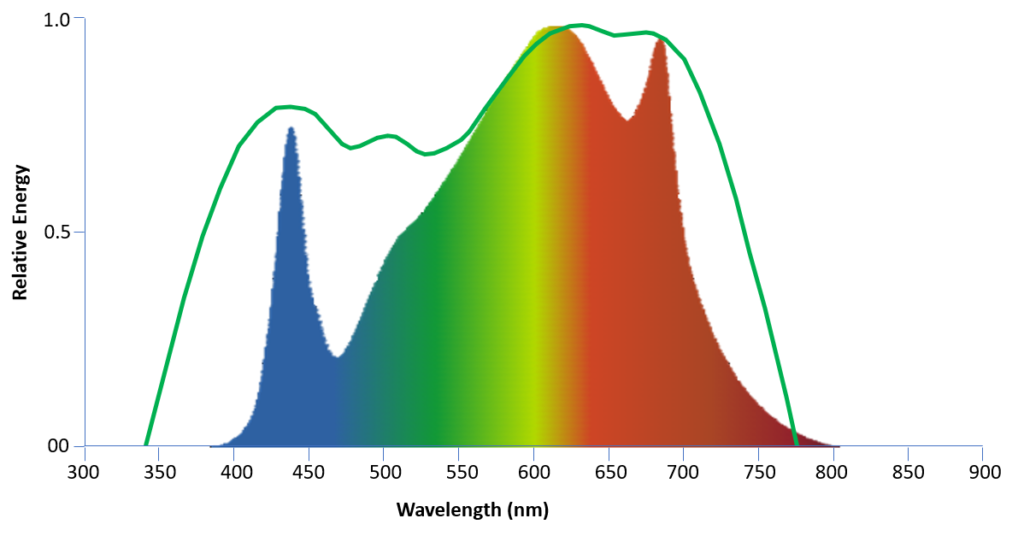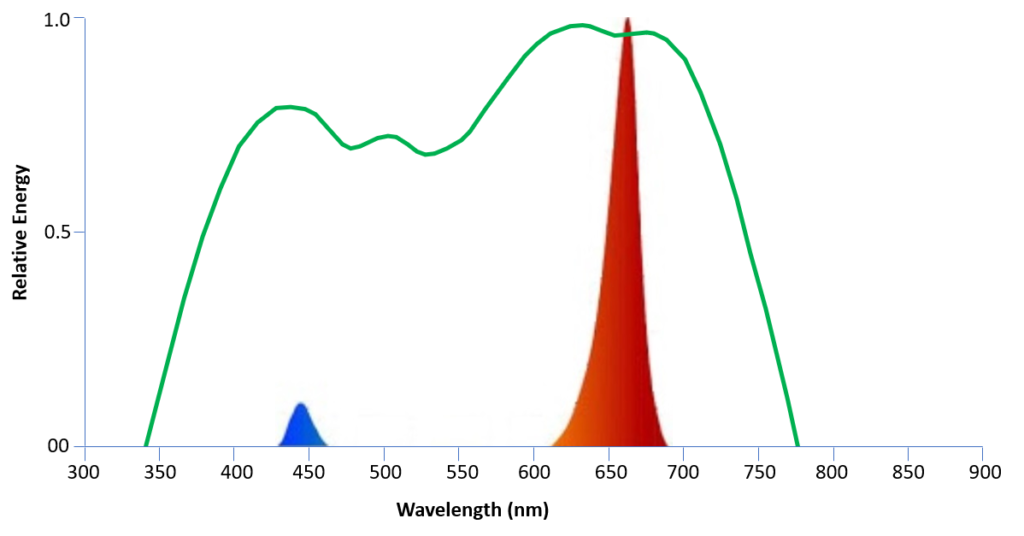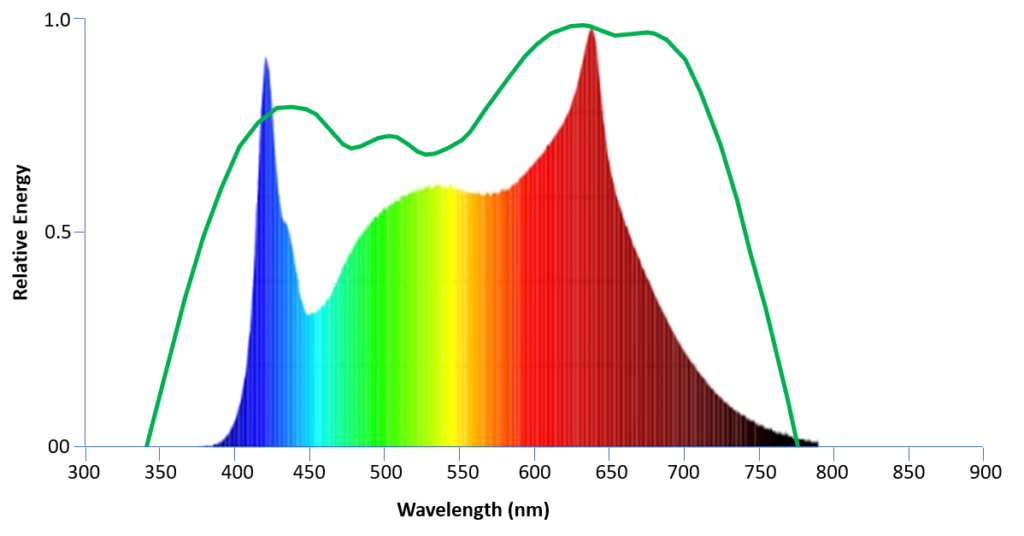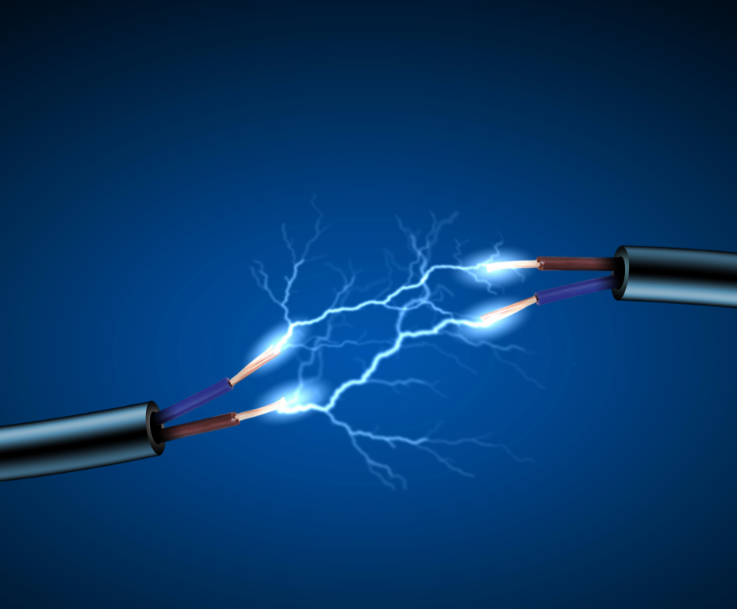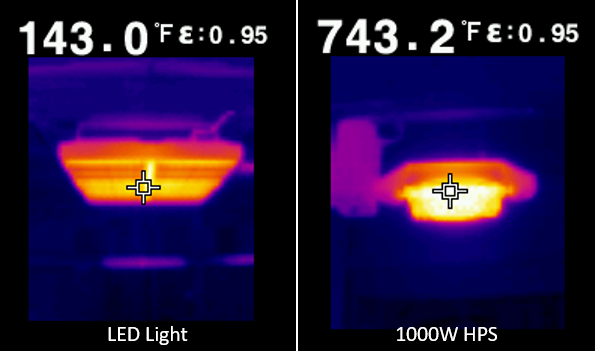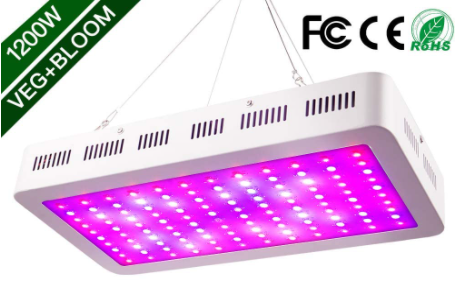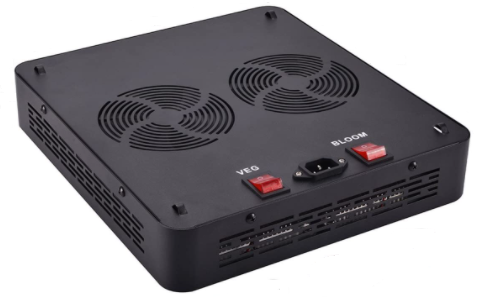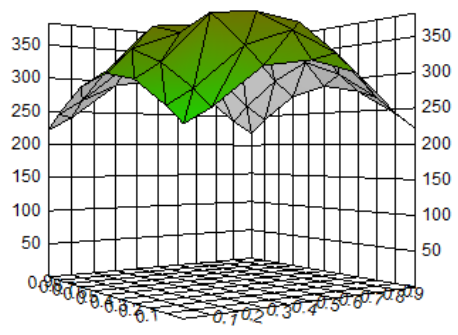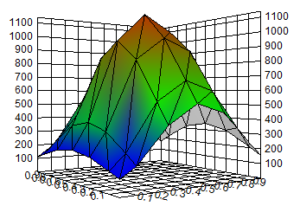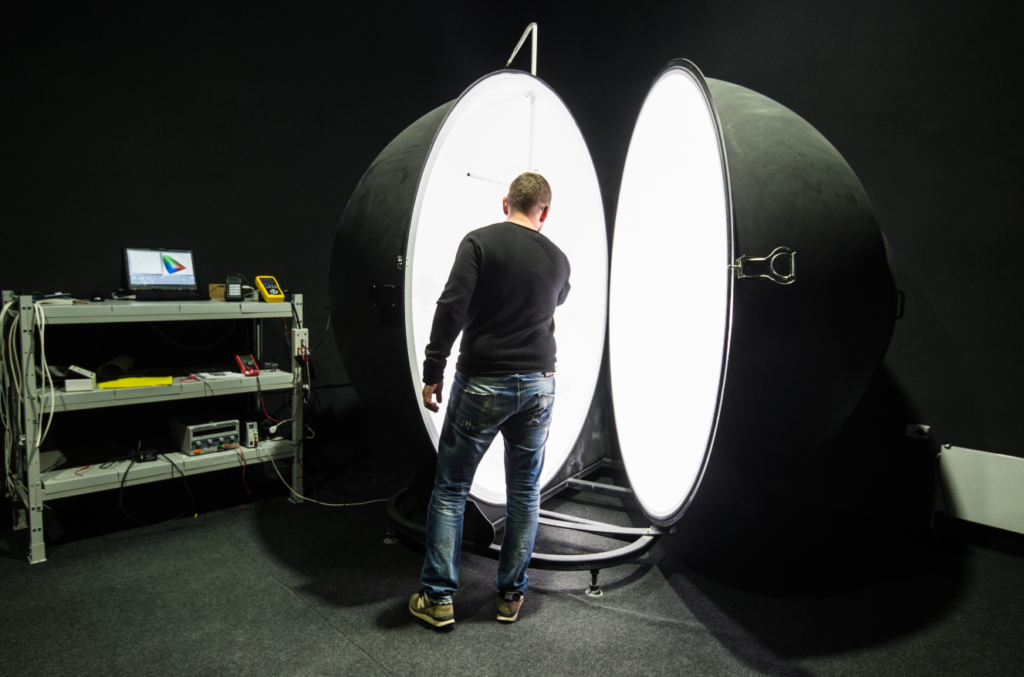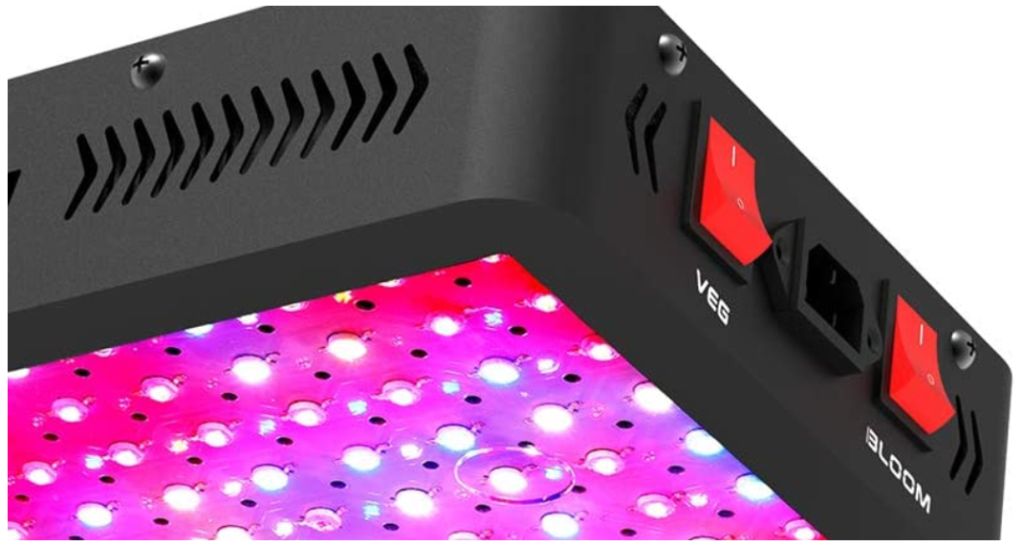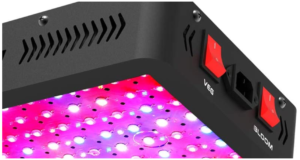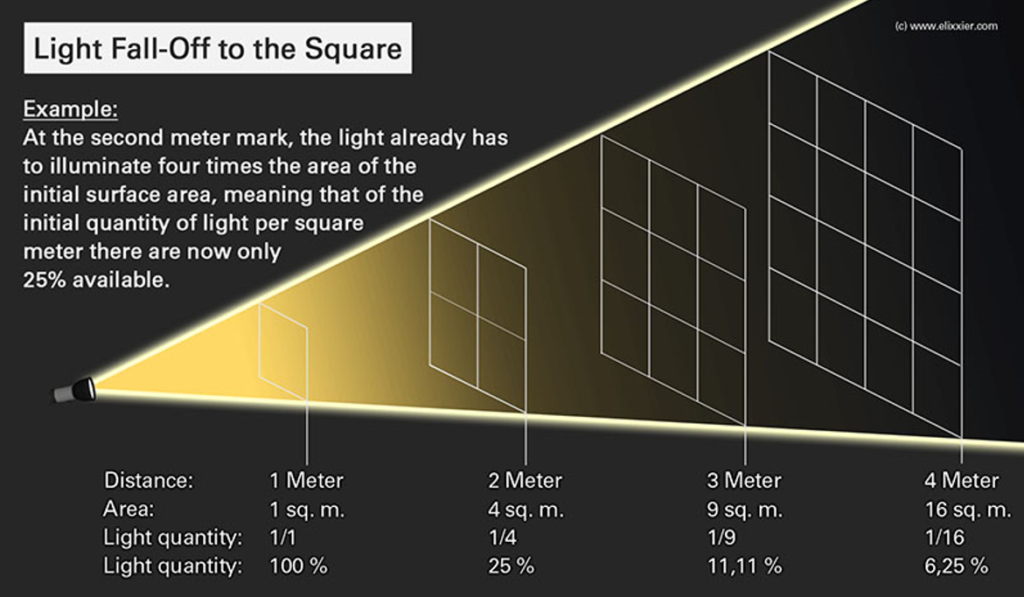F.A.Q.
if you cannot find the answer to your question then please send via contact page
LED chips emit light forwards away from their surface. They have a natural beam angle of between 120 and 180 degrees and will have a higher light meter reading immediately below their centre. To achieve a more even light meter reading on the edges of your plant you can raise your light higher away from the plant.
This is due to what is known as the inverse squared law. This is where the light intensity drops away inversely proportional to the square of the distance to the light source. It is because as you move away from the light, the same amount of light spreads to cover a bigger area.
Only the sun can provide a full spectrum of light. LEDs can provide a broad spectrum that covers a lot of the PAR curve but what you describe is essentially a narrow spectrum red/blue light with some green broader spectrum but not really sufficient to achieve optimum growth.
A good quality LED will generate more photons of light per electrical watt of power consumption than an HPS. As such, an LED that draws 600W electrical power can perform at similar light levels to a 1000W HPS. Each watt of electricity generates the same amount of heat regardless of what it is powering. Therefore LEDs don’t run cool, they just need less electrical power to achieve similar light output to an HPS.
A 213W LED will not be a match for a 900W HPS. The general rule of thumb is that a good quality LED, achieving 2.5 umol/m2/s or higher, will match a 1000W HPS if it draws 600W or more. If you bought an LED grow light that was advertised as a 1200W light but in reality it only daws 213W, then the reference to the 1200W is only the theoretical maximum rating of the LED chips.

